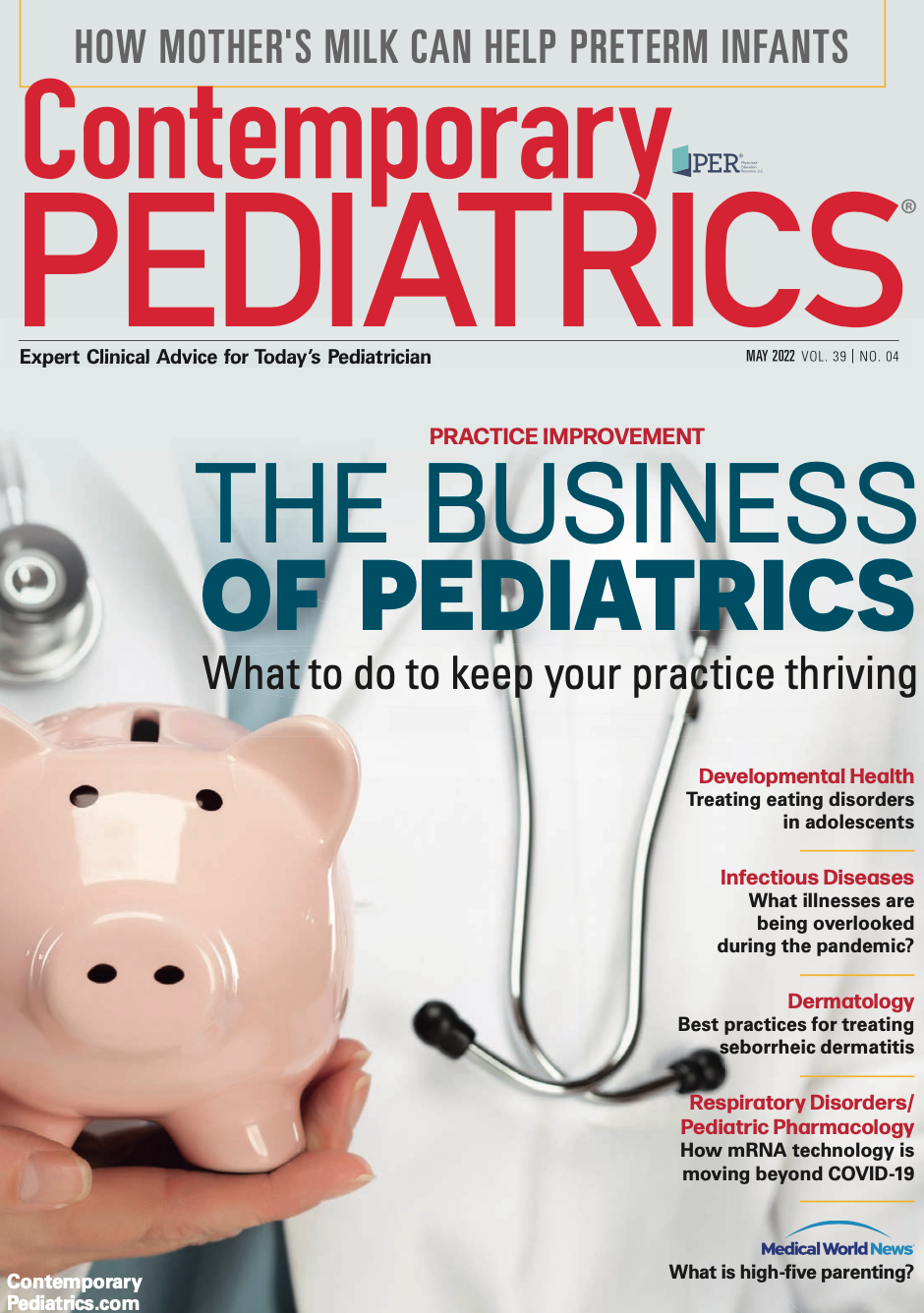Does diet really play a role in acne?
For years, teenagers have been told to avoid certain foods to reduce acne. A review article examines the evidence.
A review of current—but limited— studies on the relationship between diet and acne uncovered evidence that some dietary factors may indeed influence acne development and treatment. The implicated factors include glycemic index, dairy content, dietary fats, and probiotics.
Results of several studies demonstrated that patients with acne who consume diets with a low glycemic load (GL) have fewer lesions than those on high-GL diets, as shown in a study of 31 young men with acne that compared a low-GL diet with a control diet. Other findings reveal that eating chocolate and confections daily is independently and highly associated with acne. In addition, results of 2 randomized controlled trials showed that, compared with a carbohydrate-dense control diet, a low-GL diet reduced the number of acne lesions.
A 3-year prospective study of more than 6000 girls found a link between acne and consumption of full-fat, low-fat, and skim milk but no association with non-milk dairy foods, chocolate, and pizza. Yet a similar study of more than 4000 boys found only a weak association between acne and skim milk, and no association with higher-fat milks. Other findings showed that consuming dairy of some sort is positively linked with acne.
Some results suggests that patients with acne may benefit from increased intake of omega-3 fatty acids or γ-linoleic acid. For example, a randomized controlled trial in 45 patients found that supplementation with these fatty acids significantly reduced the number of lesions compared with no supplementation.
Finally, in a small pilot trial in adult patients with acne, probiotics showed promise for reducing acne lesions, but more study is needed to support these early findings. It also appears that diet significantly affects the efficacy of acne treatment, with maximum absorption linked with a fasted state and no consumption of dairy.
Thoughts from Dr. Farber
This is an interesting review article, but my takeaway is “Who knows what to do?” Milk and chocolate are low-glycemic foods but may still increase acne. Perhaps trial and error in an individual patient is the way to go (and there certainly are good reasons besides acne prevention to limit chocolate and other sweets).
Reference
Baldwin H, Tan J. Effects of diet on acne and its response to treatment. Am J Clin Dermatol. 2021;22(1):55-65. doi:10.1007/ s40257-020-00542-y

Recognize & Refer: Hemangiomas in pediatrics
July 17th 2019Contemporary Pediatrics sits down exclusively with Sheila Fallon Friedlander, MD, a professor dermatology and pediatrics, to discuss the one key condition for which she believes community pediatricians should be especially aware-hemangiomas.